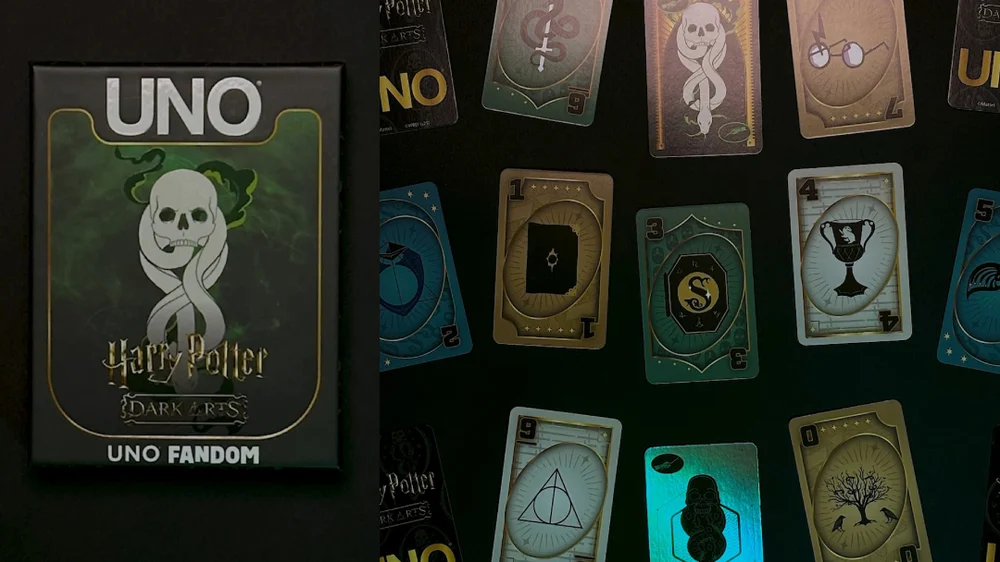As the automotive industry accelerates its transition toward carbon neutrality, brands are seeking new ways to communicate their sustainable vision. Lexus, known for its commitment to craftsmanship, innovation, and sustainability, saw an opportunity to connect with the art and design community—tastemakers shaping the future—at Design Miami.
To bring this vision to life, Lexus partnered with renowned solar artist Marjan Van Aubel to create an experiential installation in the sculpture garden of the Institute of Contemporary Art, Miami. The result was a striking three-dimensional representation of Lexus’ innovative electrification model, constructed using cutting-edge organic photovoltaic cells—a material commonly used in solar energy applications.
By engaging with the creative minds gathered at Design Miami, Lexus successfully sparked dialogue around the intersection of automotive innovation, sustainability, and art. This collaboration demonstrated how forward-thinking design can pave the way for a more sustainable future.
The Role of Design in Lexus’ Electrification Journey
Lexus has long positioned itself at the forefront of design-driven innovation, blending aesthetics with advanced engineering. As the brand moves toward a carbon-neutral future, it recognizes the importance of embracing art, technology, and sustainability in its storytelling.
Lexus’ Commitment to Electrification
Lexus has been a leader in hybrid technology since launching the RX 400h in 2005, one of the world’s first luxury hybrid SUVs. Today, the brand continues its journey with:
• Lexus Electrified, a strategic vision that incorporates hybrid (HEV), plug-in hybrid (PHEV), and battery electric (BEV) vehicles.
• The Lexus RZ 450e, the brand’s first dedicated BEV, embodying an uncompromising approach to electrified performance.
• A goal to become 100% electric by 2035, reinforcing Lexus’ commitment to sustainability without sacrificing luxury or performance.
However, Lexus’ approach to electrification extends beyond the vehicles themselves. By working with creative minds from outside the auto industry, the brand explores new ways to engage with audiences—connecting luxury, sustainability, and innovation through design.
The Intersection of Art, Technology, and Sustainability
To communicate its electrification vision at Design Miami, Lexus turned to solar artist Marjan Van Aubel, a pioneer in integrating solar energy into everyday design.
Who is Marjan Van Aubel?
Marjan Van Aubel is an award-winning Dutch designer renowned for merging solar technology with aesthetics. Her work transforms solar energy into functional, beautiful installations that challenge how we think about renewable power.
Some of her notable projects include:
• Current Table – A solar-powered table that generates electricity for charging devices.
• Sunne Light – A self-powered solar light that mimics the sun’s cycle indoors.
• Solar Biennale – An initiative to change the perception of solar energy from technical to cultural.
By connecting with Lexus, Van Aubel brought her unique expertise in solar-powered design to an audience eager to explore the future of mobility and sustainability.
The Experiential Installation: A Flow of Art and Innovation
At Design Miami, Lexus unveiled a striking 3D installation in the sculpture garden of the Institute of Contemporary Art. This immersive structure served as a physical representation of Lexus’ electrification model, while also highlighting the potential of organic photovoltaic (OPV) technology.
The Use of Organic Photovoltaic Cells
Unlike traditional silicon-based solar panels, organic photovoltaic (OPV) cells are:
• Lightweight and flexible – allowing for unique architectural applications.
• Semi-transparent – enabling artistic integration without obstructing natural light.
• Eco-friendly – using organic materials that reduce the environmental footprint.
By using OPV technology, the Lexus installation embodied the seamless integration of renewable energy into design, aligning perfectly with the brand’s sustainability goals.
A Multi-Sensory Experience
Visitors at Design Miami were invited to interact with the Lexus installation, which offered a multi-sensory experience:
• Visual Appeal: The organic photovoltaic cells created a dynamic interplay of light and shadow.
• Educational Insight: Visitors learned about solar technology and Lexus’ electrified lineup.
• Engagement with Art and Science: The installation encouraged discussions on how renewable energy and automotive innovation can coexist.
By showcasing this blend of design, technology, and sustainability, Lexus successfully engaged with Design Miami’s audience in a meaningful way. The event attracted:
• Design Enthusiasts interested in cutting-edge aesthetics.
• Sustainability Advocates exploring eco-friendly innovations.
• Automotive Fans eager to see how Lexus is redefining luxury mobility.
Expanding the Conversation Beyond the Event
The Lexus installation at Design Miami was more than just an art piece—it was a catalyst for broader discussions on the role of renewable energy in shaping our future. The partnership with Marjan Van Aubel showcased how automotive brands can integrate sustainability into their DNA, moving beyond traditional manufacturing to inspire innovation in unexpected ways.
The Future of Lexus Electrification
Lexus’ participation in Design Miami is just one example of how the brand is redefining luxury through sustainability. Looking ahead, Lexus is set to continue its electrification journey through:
• Innovative Battery Technologies – Advancements in solid-state batteries to enhance efficiency and performance.
• Sustainable Materials – Incorporating recycled and plant-based materials in vehicle interiors.
• Autonomous and Connected Technologies – Merging electrification with smart mobility solutions.
Impression
Lexus’ connection with Marjan Van Aubel at Design Miami was more than an artistic showcase—it was a statement of intent. As the automotive industry shifts toward carbon neutrality, Lexus is leading by example, using design as a bridge between technology and sustainability.
By integrating organic photovoltaic technology into an experiential installation, Lexus demonstrated how innovation can extend beyond the vehicle, inspiring conversations that challenge our perceptions of luxury, energy, and the future of transportation.
As Lexus continues its commitment to electrification, one thing is clear: the future of mobility is not just about engineering—it’s about imagination, creativity, and the power of design.
No comments yet.








